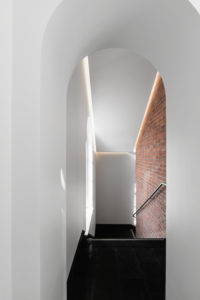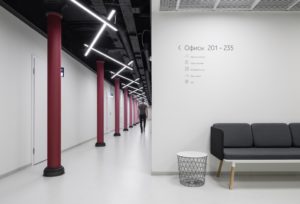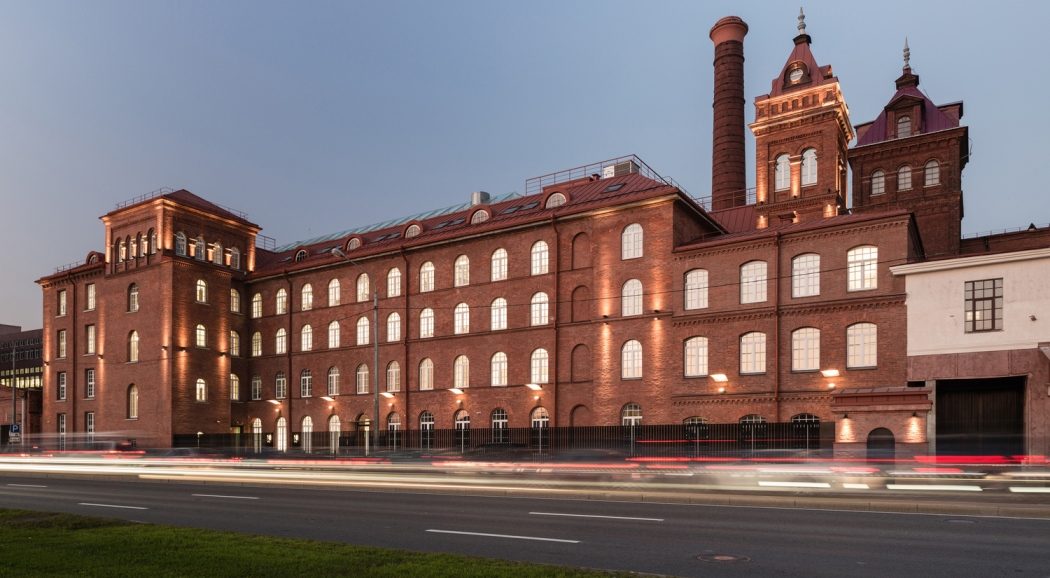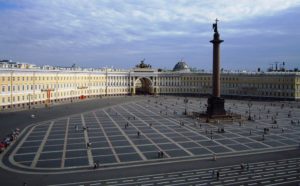Saint Petersburg is Russia‘s second-largest city after Moscow, with some five million inhabitants as of 2012. It’s an important port on the Baltic Sea situated on the Neva River, at the head of the Gulf of Finland.
It was founded by Tsar Peter the Great on May 27, 1703. In 1914, the name was changed from Saint Petersburg to Petrograd, and then in 1924 to Leningrad. In 1991, the name reverted to Saint Petersburg. Between 1713 and 1728 and in 1732–1918, Saint Petersburg was the capital of imperial Russia. In 1918, the central government bodies moved to Moscow.
Saint Petersburg is one of the modern cities of Russia, as well as its cultural capital. The Historic Centre of Saint Petersburg is a UNESCO World Heritage Site. Saint Petersburg is home to the Hermitage, one of the largest art museums in the world. Many foreign consulates, international corporations, banks and businesses have offices in Saint Petersburg.
 As a port city, it has a wealth of old factories and warehouses, many of them quite striking in appearance. One of those, a gorgeous 19th-century cotton mill building, has recently been repurposed and renewed by the Russian archtiectural firm, Nevka / Art Gluck Design Group.
As a port city, it has a wealth of old factories and warehouses, many of them quite striking in appearance. One of those, a gorgeous 19th-century cotton mill building, has recently been repurposed and renewed by the Russian archtiectural firm, Nevka / Art Gluck Design Group.
The architects’ first task (as is usual) was find the balance between historically-accurate restoration and marketable functionality as a contemporary business center.
As a conceptual basis, the rhythm of weaving loom’s filaments was taken. Interiors of public spaces in the building have a dynamic composition of intersecting lines.
The business center’s navigation and its corporate identity were also designed in local style. Many of the pieces of furniture, as well as the illumination, were custom-made.
Multipurpose flat roofing created a lovely terrace, equipped with glass windshield against the icy winds common to the northern city, made even worse by the building’s proximity to the waterfront.
 The surrounding green spaces were restored, and the façade lighting was designed to enhance the structure’s beauty.
The surrounding green spaces were restored, and the façade lighting was designed to enhance the structure’s beauty.
At the entrance, there’s a bicycle parking are, and the motor vehicle parking area is accented with light-colored granite modules.
The project was completed in late 2017.


